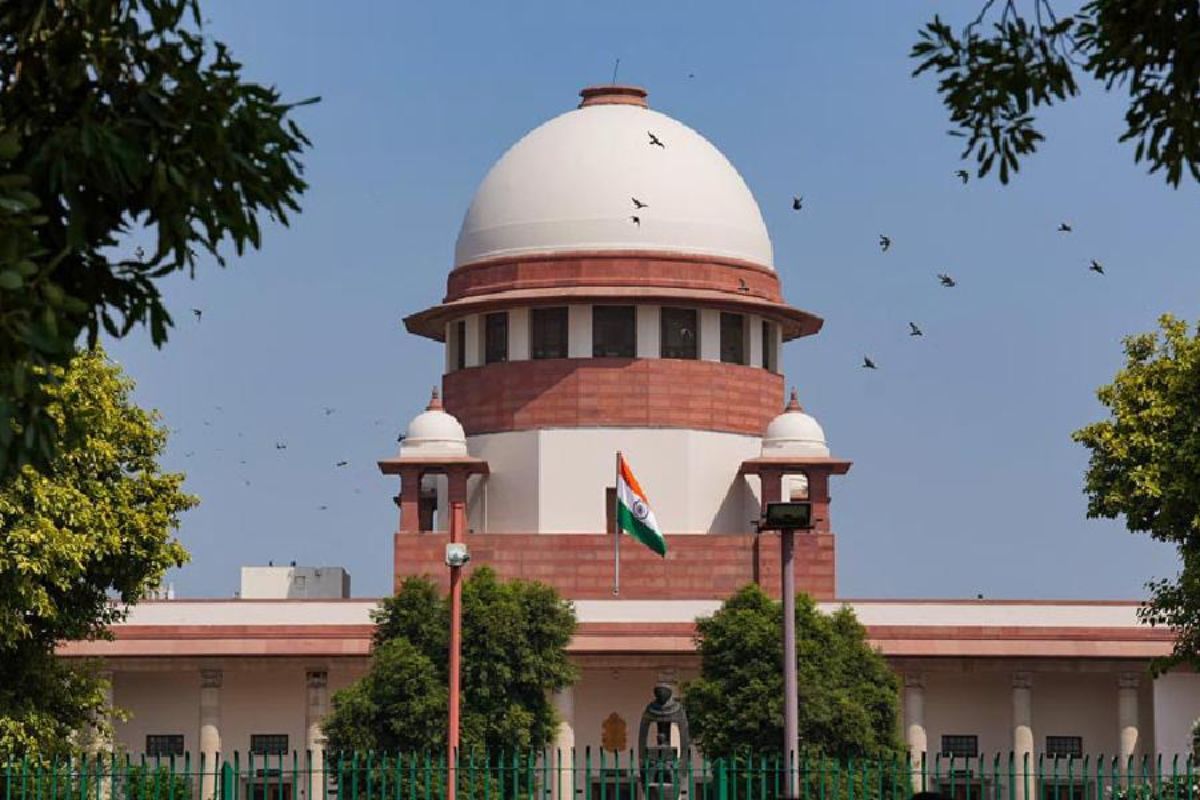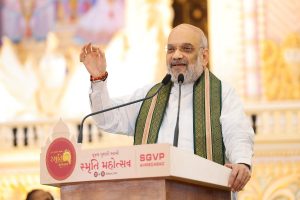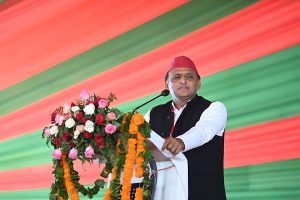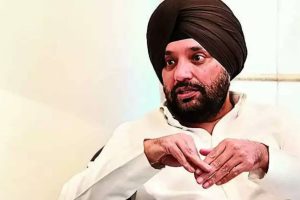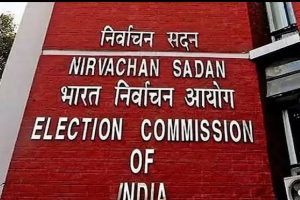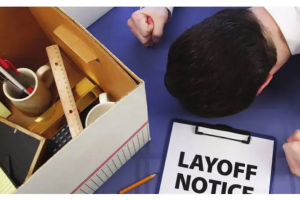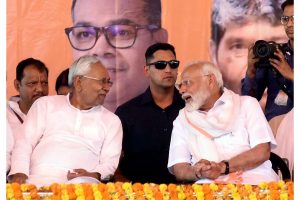The Supreme Court in the year 2023 will be known for completely going green – a paperless court – a big break from its 75-year-old past when both the bench and the bar – from where lawyers argue their cases – used to be the minarets of files.
All this can be traced to the efforts of the top court in 2020 to make justice available to the common man during the Covid pandemic by holding virtual hearing through video conferencing – instead of physical hearing where lawyers argue their cases being present in the court.
The journey that started in the early part of 2020 became an integral part of the country’s justice delivery system because of a big push by the tech savvy Chief Justice DY Chandrtachud in order to blunt any resistance to change over to the digital court said in an unequivocal term.
“The question is not whether a particular judge is tech-friendly or not. If you want to be a judge in this country, you have to be tech-friendly… know technology. There is no choice. It’s like you cannot say as a judge that I don’t know what a res judicata is or what interpretation of statutes mean.” What was a must for judges, became mandatory for the senior advocates as well.
The first decisive push towards green court came in January 2023,6 when Chief Justice Chandrachud held a paperless hearing by a five-judge constitution bench on Delhi versus Centre row relating to control over the services.
The year 2023 saw Supreme Court upholding the Centre’s November 2016 decision to demonetisation decision, the practice of Jallikattu in Tamil Nadu, Kambala in Karnataka and bullcart race in Maharashtra and held that in exercise of its plenary powers under Article 142 it can directly grant divorce, the practice of Jallikattu, Kambala, and Bailgada Sharyat.
The two constitution bench judgments held that the Delhi government must have control over services and directed a collegium consisting of the Prime Minister, leader of the opposition and the Chief Justice of India should recommend the appointment if the Chief Election Commissioner and the Election Commissioners met with resistance from the Central government.
In the appointment of the senior ranking officers under the movement of the National Capital Territory of Delhi (GNCTD), the Centre brought a law to set up an authority for the appointment and transfer of bureaucrats, vesting in the Lieutenant Governor with overriding powers to stall any decision by the authority.
However, in the case of top court recommendation creating a collegium comprising the Prime Minister, leader of the opposition and the Chief Justice of India, the Central government brought a law diluting it by replacing Chief Justice of India with a Central Minister – thereby giving a clear edge to the government in the appointment of the CEC and the ECs.
The former judge of the Supreme Court Justice Rohinton Fali Nariman has described it as a “disturbing” fact stating if Chief Election Commissioner and the Election Commissioners are going to be appointed in this fashion then the free and fair election are going to become a casualty.
All through the year, the Supreme Court was seized of the matters relating to inaction by the Governors of the opposition ruled States of Tamil Nadu, Kerala, Telangana, and Punjab – CJI Chandrachud on a number of occasions observed as to why the Governor in these States acted only after the respective State government had knocked the door of the Supreme court seeking directions to the Governor to give assent to the bills pending with them for a long time.
In the case of inaction by Punjab Governor Banwarilal Purohit, the top court had said: “The Governor, as an unelected Head of the State, is entrusted with certain constitutional powers. However, this power cannot be used to thwart the normal course of lawmaking by the State Legislatures. Consequently, if the Governor decides to withhold assent under the substantive part of Article 200, the logical course of action is to pursue the course indicated in the first proviso of remitting the Bill to the state legislature for reconsideration.”
After that when Kerala government’s plea against inaction by Governor Arif Mohammed Khan came, the top court asked him (Kerala Governor) to look into its order on Punjab Governor.
One thing that surfaced in an attempt to resolve the standoff between the State governments and the Governors was, the Supreme Court focused on asking the two to sit together and resolve outstanding issues instead of asking the court to play adjudicator between two constitutional offices.
In the case of Shiv Sena versus Shiv Sena in Maharashtra, though the Supreme Court found flaws in the then Governor Bhagat Singh Koshyari asking then Chief Minister Uddhav Thackeray to face a floor test when there was no objective material before him to draw conclusion that he (Thackeray) had lost the confidence of the house but court refused to put the clock back and reinstate him (Thackeray). The court followed this course, holding that Thackeray had resigned and the Governor was right in inviting Eknath Shinde to take oath as the Chief Minister.
However, the top court had to prod Speaker Rahul Narwekar to decide on the cross petitions seeking the disqualification Shiv Sena MLQAs belonging to rival factions lead by Uddhav Thackeray and Eknath Shinde.
Narwekar has time till January 10, 2024, to pronounce the verdict on the disqualification petitions. He has time till January 30 to decide on the petition by Sharad Pawar faction of the Nationalist Congress Party, seeking party MLQAs who have left the party with Deputy Chief Minister Ajit Pawar.
Finally, the top court judgment upholding the abrogation of Article 370 and the carving out of Ladakh as a Union Territory had evoked mixed reaction. Noted jurist Fali Nariman has described the abrogation of Article 370 by the President as being “politically acceptable but not constitutionally correct.”

